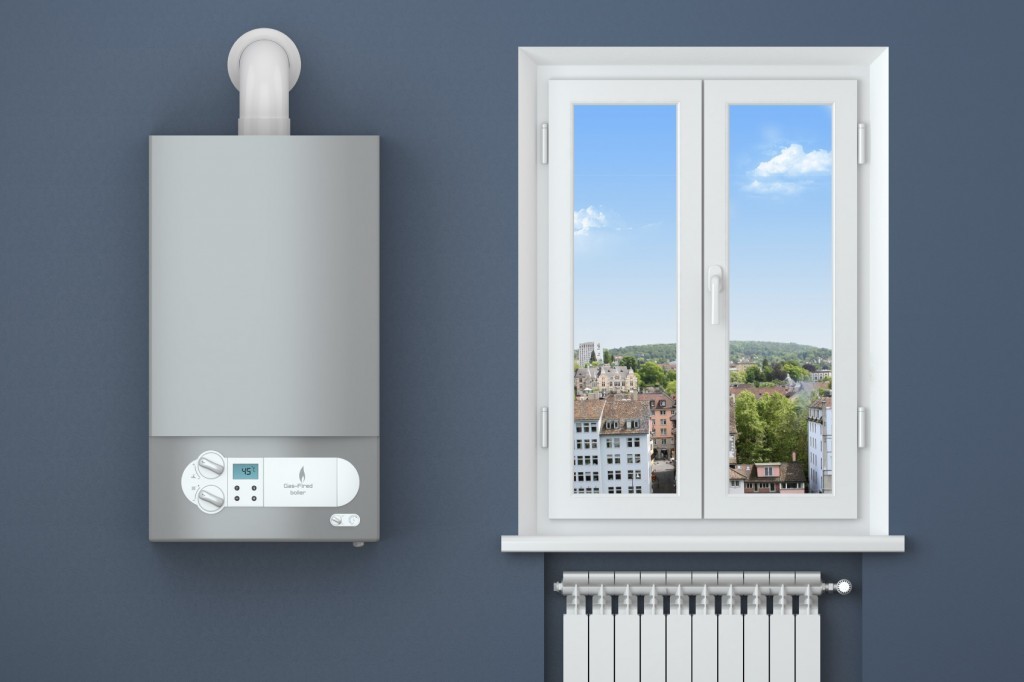
How To Choose the Right Heating System
If you’re renovating a house or attempting a new-build project then deciding about a heating system is one of the first important choices to make. It’s not always a straightforward choice, so here are the main things you’re going to have to consider.
How To Get The Heat Into the Rooms?
There are three main choices for getting heat into your home: radiators, underfloor heating or vents placed into the skirting boards. Underfloor heating keeps the walls of your room free, but can be difficult to retrofit in an existing house. Radiators are the most conventional choice and come in a wide range of sizes and colours depending on your tastes. Skirting board heaters are easier to retrofit, and have the same benefit of leaving your wall space free.
What Fuel to Use?
The other main decision is which type of fuel you are going to use to generate the heat required to warm the house. Gas is the most popular choice for boilers in most of the UK, but if your home isn’t connected to the mains gas supply, then other options might be better. Oil central heating is efficient, but you’ll need space in the garden for the tank. Remember that you can often combine more than one different heat source in the same home. Many homeowners have installed solar panels on the roof to heat water, using a gas combi boiler to provide the rest of the heat. Or you might choose to have a solid fuel wood burner in a couple of rooms, allowing you to reduce the number of radiators and get a smaller capacity boiler. Don’t make snap decisions and take time to consider all of the options, factoring in the ongoing fuel costs too.
Installation Considerations
If you already have a heating system installed, then replacing it with something similar is going to be the least disruptive option. Ripping up all of the floors to install underfloor heating throughout isn’t going to be practical if you need to stay in the property when the work is being done. If you’re doing a new-build, then you have the flexibility to consider a wider range of heating options. Discuss the options with your builder and see what options they feel are most practical.
Controls and Running Costs
It’s a mistake to only look at the initial cost of having a heating system installed. Ongoing costs can vary hugely. Some types of environmentally-friendly heating systems can qualify for government incentives, which should be factored into the cost. There are lots of calculators online which can help you forecast future costs and help you work out the most cost-efficient option for your home. Whatever option you’ve chosen, make sure that there’s built-in flexibility. Having the ability to control the heat in each room separately will allow you to make more efficient use of fuel, and cut costs. This doesn’t have to mean spending a fortune on smartphone controlled heating – it could be something as simple as having thermostatic valves on each radiator.
